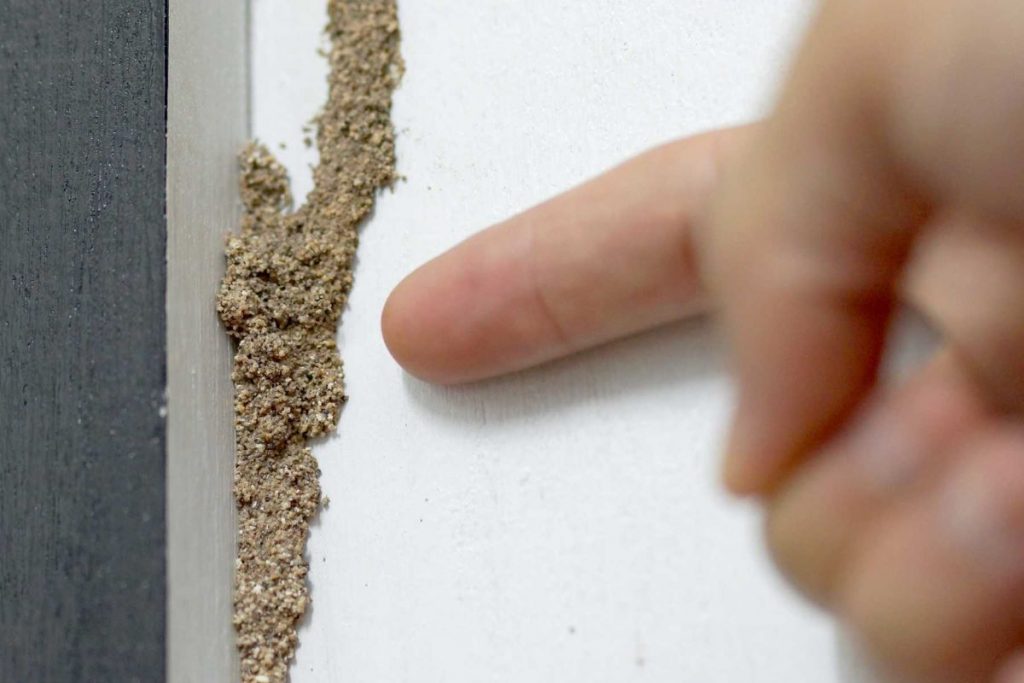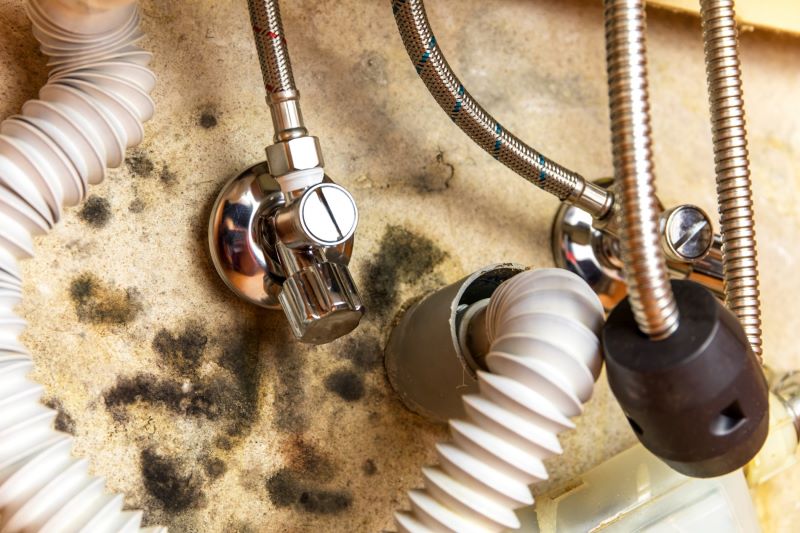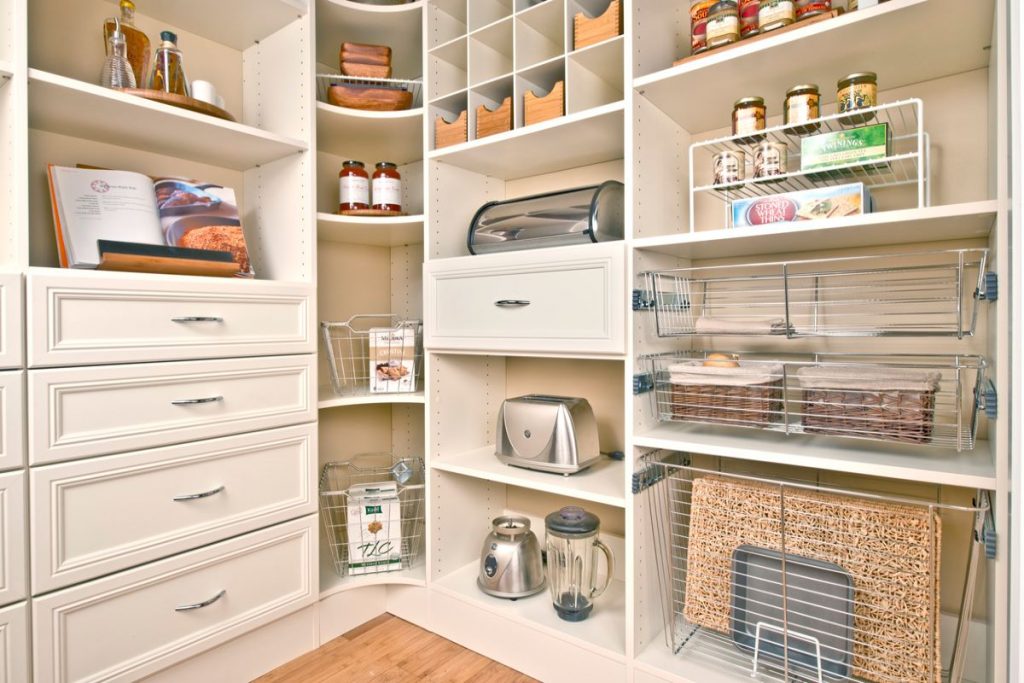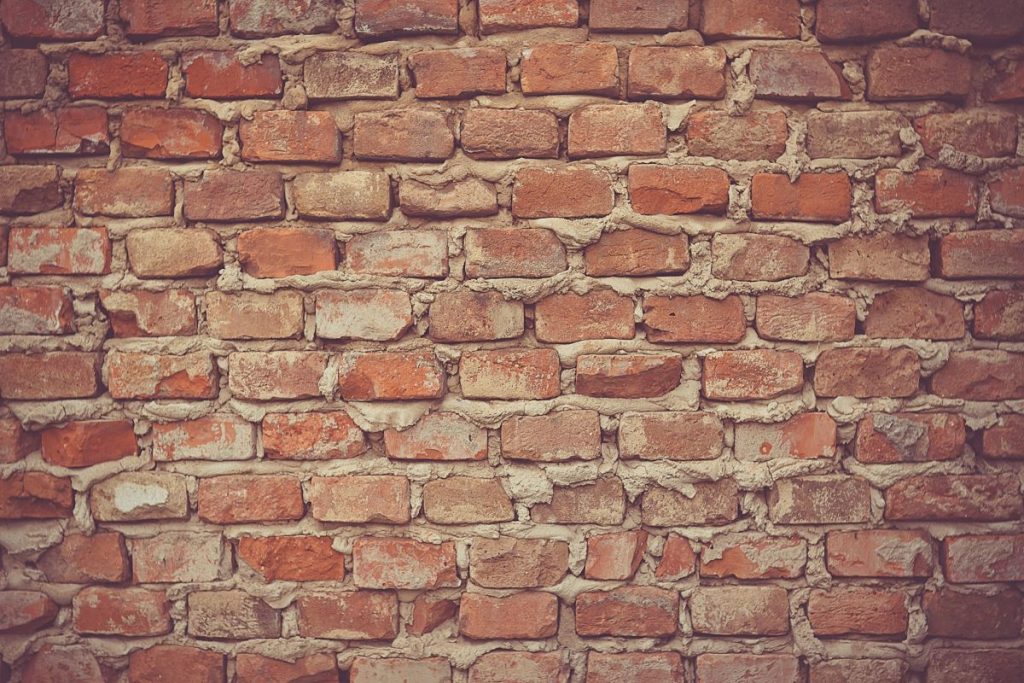Table of Contents
A beautiful home can quickly be ruined by structural damp. The unwanted moisture causes mould and mildew, foul odours, flaky paint, and stained and damp ceilings and walls. Left untreated, it can weaken foundations and even cause structural and electrical damage. As such, it’s best if you quickly stop structural damp by calling in the experts, like damp ceiling repair specialists and construction contractors.
Different Types of Damp Sources
To ensure that the problem is fixed the right way, you should first figure out where the damp is coming from. One of the primary causes of structural damp is poor ventilation, which prevents moisture from escaping or evaporating. Check around the house if there’s anything that obstructs the proper flow of air. If there is, see if fixing the ventilation issue will help resolve the damp.
Another source of damp are impermeable or non-breathable coatings and covers, like water-resistant paint, certain types of wall cladding, and the like. If your house can’t “breathe” through the walls, roofs, and floors, you increase the risk of damp developing in various parts of your home.
Finally, damp can also be caused by various leaks. It could be a damaged roof or ceiling, or perhaps a leaking pipe or appliance. These leaks result in staining and discoloration in the affected area. It can also cause mould and mildew to develop on and around the damp spots.
How Do You Fix Rising Damp?
When it comes to structural damp, one of the biggest concerns is rising damp. This happens below and at floor level, where water is absorbed in the lower portions of walls and above skirting boards. It can also creep up on ground-supported structures like pillars. Rising damp isn’t immediately visible, but it can produce a distinct musty odour so let your nose lead the way. For visual cues, look for “tide marks” on affected areas. These marks are caused by soluble salts in the soil and groundwater, with the peak of the “tide” or “waves” indicating where the rising damp evaporated.
You have to address this issue as soon as possible; if you don’t, it can lead to wet rot and dry rot. Luckily, the solution is rather simple: injecting a damp-proof course into the walls so that moisture from the ground doesn’t rise. Note that this kind of treatment must be performed by licensed professionals with necessary permits and insurances.
How Do You Cover a Damp Patch on a Ceiling?
Seeing damp patches on your ceiling can be frustrating indeed, even if the damage isn’t extensive. If you can’t call the professionals just yet for proper damp ceiling repair, you can opt to cover it using a stain block. To do this, first make sure that the source of the damp has been addressed. Covering the damp patch is useless if the ceiling will get wet again in a few days.
Once the source of damp has been fixed and the ceiling is completely dry, clean the patch of ceiling you want to fix. Scrub off any dirt and loose paint to ensure that the stain block will adhere properly. You can either use a spray or a paint-type stain block, making sure to follow the instructions indicated in the label. Remember to use a dust mask and goggles if you’re working with a spray-type stain block. Once the product is completely dry, the stain block should be invisible. You can then keep the stain block as is or cover it with a colour emulsion.
How Do You Stop Damp From Coming through Walls?
Apart from rising damp, condensation is another big culprit of damp in walls is condensation. Indications of condensation include peeling wallpaper, black mildew, and a trickle of water running down the walls. The bathroom and the kitchen are often the riskiest areas, but there could also be other sources like a blocked fireplace or tightly laminated floors that don’t allow for much circulation.
To address condensation, the obvious solution is to improve ventilation. In some cases, opening a couple of windows would do. You should also install exhaust fans in bathrooms and kitchens to let the heat out and allow the air to circulate. If these don’t work, a dehumidifier can help remove excess moisture from the air.
Meanwhile, penetrating damp can cause crumbling plaster and blotchy paint, fungus and mildew, and even outright water on the wall. Some of the causes of penetrating damp include leaking pipes, blocked or overflowing gutters, and damaged roofs. On ground level, penetrating damp can permeate that walls if your damp-proof course is injected at a section that’s lower than the ground.
Regular maintenance checks are the key to preventing penetrating damp. If there are any roof leaks, problematic pipes, or other sources of damp, make sure to fix them ASAP. You should also clear the areas surrounding the sections where the damp-proof course was injected to let them “breathe.” Again, a dehumidifier can help get rid of excess moisture. A heater, radiator, or even an air conditioner can also keep the air dry.
Call the Experts

Most of the time, and especially in the worse cases, simple DIY fixes can’t fully address structural damp. It’s best to call the professionals to provide damp ceiling repair and other services. Licenced professionals not only provide cosmetic fixes. They go to the root causes and fix them so that the problem doesn’t come back. It can be a considerable investment, particularly when the damage is extensive, but it’s a worthwhile one to make. After all, it’s your comfort, safety, and health at stake.
The key thing to remember in preventing structural damp is to maintain excellent ventilation. With proper circulation through your home, humidity will stay in ideal levels and moisture will have a chance to evaporate. If you need fans and dehumidifiers, don’t hesitate to get these appliances. Finally, and most importantly, don’t think twice about getting professional help. It’s best to get the issue fixed as early as possible to mitigate further damage to your home.
source/credit: heronceilings.com.au








